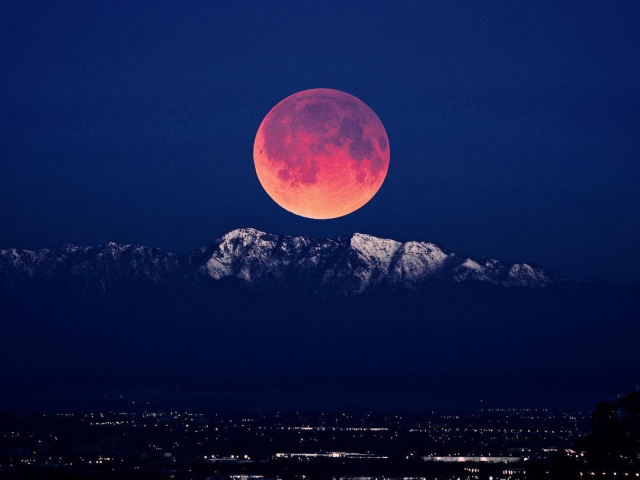
Total lunar eclipse, January 21
The first full moon of this year coincides with a total lunar eclipse. It is expected early in the morning.
The full phase of the eclipse will be visible to residents of the North-West of the European part of Russia, the North of the Urals and Siberia, and the Far East.
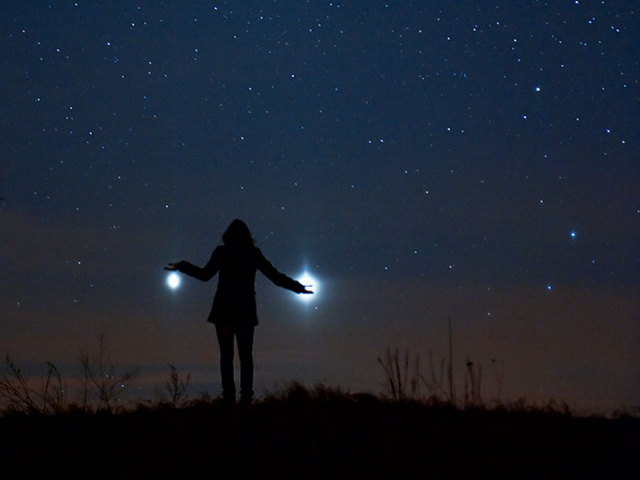
Kiss between Venus and Jupiter, January 22-November 24
This event has such a peculiar and even poetical name because Venus and Jupiter approach each other at the closest distance - not less than 600 million km.
You can see the merge of two planets in cloudless weather with the naked eye. However, without a telescope, they may look more like big stars. Usually, the kiss between Venus and Jupiter lasts about a week.
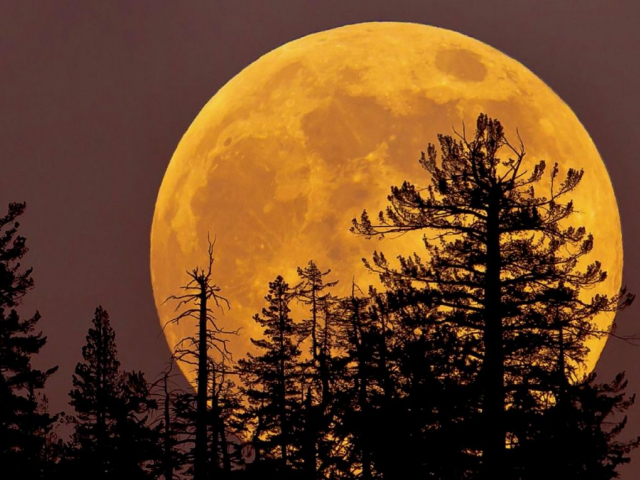
Three supermoons, January 20-21, February 19, and March 21
On these days, you can witness such a celestial event as the supermoon. It occurs when the Moon approaches the Earth closer than usual, becoming on average 7% larger and 16% brighter than it is supposed to be. Moreover, winter supermoons are more visible than summer ones due to the fact that in winter the Earth is closer to the Sun, and during the supermoon, the Sun attracts the Moon to the Earth more strongly.
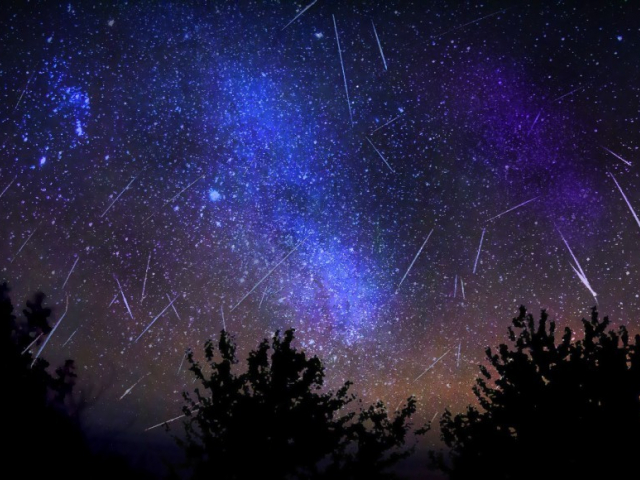
Meteor shower, May 6-7
It is a good year for the astronomers as a couple of meteor showers are expected in May 2019. They will be able to observe 60 meteorites falling on the earth's surface in a clear sky for an hour. Such a massive meteor shower is caused by the destruction of a large space object in the atmosphere.

Total solar eclipse in Chile, July 2
A solar eclipse occurs when the Moon moves between the Earth and the Sun.
In the summer, residents of Northern Chile will be lucky to observe a total solar eclipse without leaving home. Thousands of scientists and amateurs from all over the world will come to Chile in order to be among those lucky ones.

Mercury's transit across sun's disk, November 11
The transit of the planet Mercury across the sun's disk and the Earth is another rare celestial phenomenon that lasts a couple of hours. This phenomenon can be observed on average 13 times per century always in May or November.
For safety, install a filter in front of the lens of binoculars or telescopes. A dark glass that weakens sunlight will be the best filter for this case.
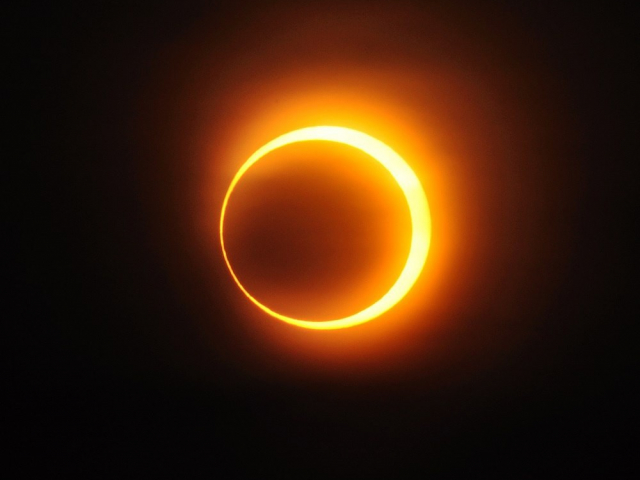
Ring of Fire, December 26
Known as an annular eclipse, the ring of fire is a rare treat that occurs during solar eclipses at the micro moon when the Moon is at the furthest distance from the Sun.
The bright glow that appears around the Moon during the peak phase of the eclipse is a spectacular sight. You can observe this event only through special glasses and only in certain places such as southern India, Singapore, Indonesia or Saudi Arabia.
 Deutsch
Deutsch 
 Русский
Русский English
English Bahasa Indonesia
Bahasa Indonesia Bahasa Malay
Bahasa Malay ไทย
ไทย Español
Español Български
Български Français
Français Tiếng Việt
Tiếng Việt 中文
中文 বাংলা
বাংলা हिन्दी
हिन्दी Čeština
Čeština Українська
Українська Română
Română
